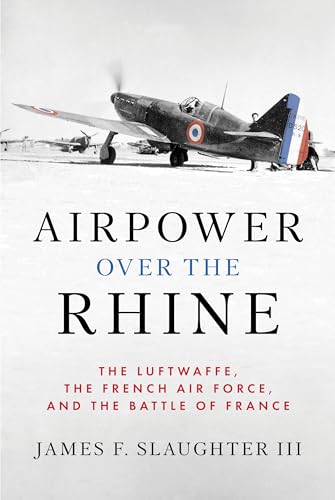
Japanese Naval Air Force Fighter Units and Their Aces, 1932–1945
by Ikuhiko Hata
Popularity
4.59 / 5
* A book's popularity is determined by how it compares to all other books on this website.
Where to buy?
Buy from Amazon* If you buy this book through the link above, we may receive a small commission at no extra cost to you.
Japanese Naval Air Force Fighter Units and Their Aces, 1932–1945 by Ikuhiko Hata
Details
War:
World War II
Perspective:
Fighter Jets
Biography:
No
Region:
Pacific
Page Count:
651
Published Date:
2012
ISBN13:
9781909166783
Description
Main Themes and Topics
The book Japanese Naval Air Force Fighter Units and Their Aces, 1932–1945 by Ikuhiko Hata provides an in-depth exploration of Japan's Naval Air Force operations during the turbulent years between 1932 and 1945. It meticulously covers both land-based and aircraft carrier-based fighter units, discussing their operational history, strategic engagements, and significant achievements. A notable theme of the book is the recognition and celebration of the ace pilots who played pivotal roles in these operations, with biographical details about those who claimed eight or more aerial victories. The book also includes comprehensive appendices that list pilots with at least five victories, their graduation from training, and records of fighter pilot casualties. This structured presentation highlights a comprehensive understanding of the contributions and challenges faced by Japanese naval aviators during the era.
Writing Style and Tone
The writing style of Ikuhiko Hata in this book is factual and detailed, tailored to provide a precise historical account of events. The tone is scholarly, catering to military historians, aviation enthusiasts, and readers seeking an authoritative source on Japanese naval aviation. Hata uses a methodical approach to present data, enhanced by visual aids like photographs, maps, and artwork that complement the text. Such inclusion of visual elements effectively supports the narrative, making complex military operations and historical details more accessible and engaging to the reader.
Criticism
While the book is praised for its thorough research and the valuable insights it offers into Japanese naval aviation history, it may present challenges for general readers due to its dense factual content and military jargon. The level of detail might be overwhelming for those not already familiar with military history or aviation terms. Additionally, the focus on statistics and biographical data, although impressive, could detract from a broader narrative or storytelling approach that some readers might prefer. However, for those with a deep interest in the subject, these attributes can be considered a strength rather than a drawback.
Brief Summary
Japanese Naval Air Force Fighter Units and Their Aces, 1932–1945 serves as a comprehensive guide to understanding the operations and achievements of Japan's Naval Air Force during a critical period in history. By examining unit histories, biographical details of top ace pilots, and a wealth of statistical data, the book provides readers with a nuanced view of the strategic and individual contributions that shaped air warfare in the Pacific theater. Including detailed appendices and visual aids, it stands as a valuable resource for those interested in the intricacies of naval aviation and the personal stories of those who served.









